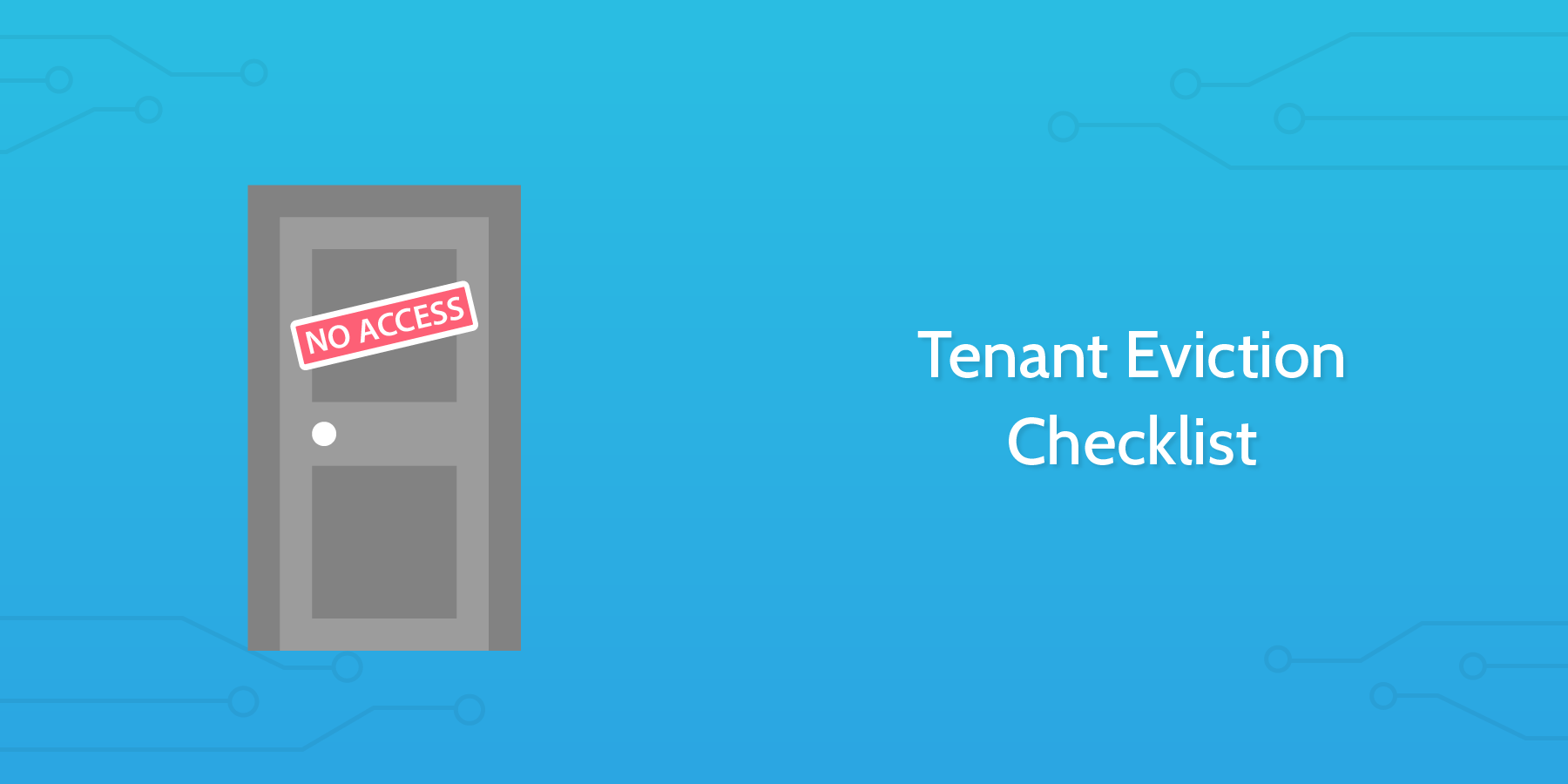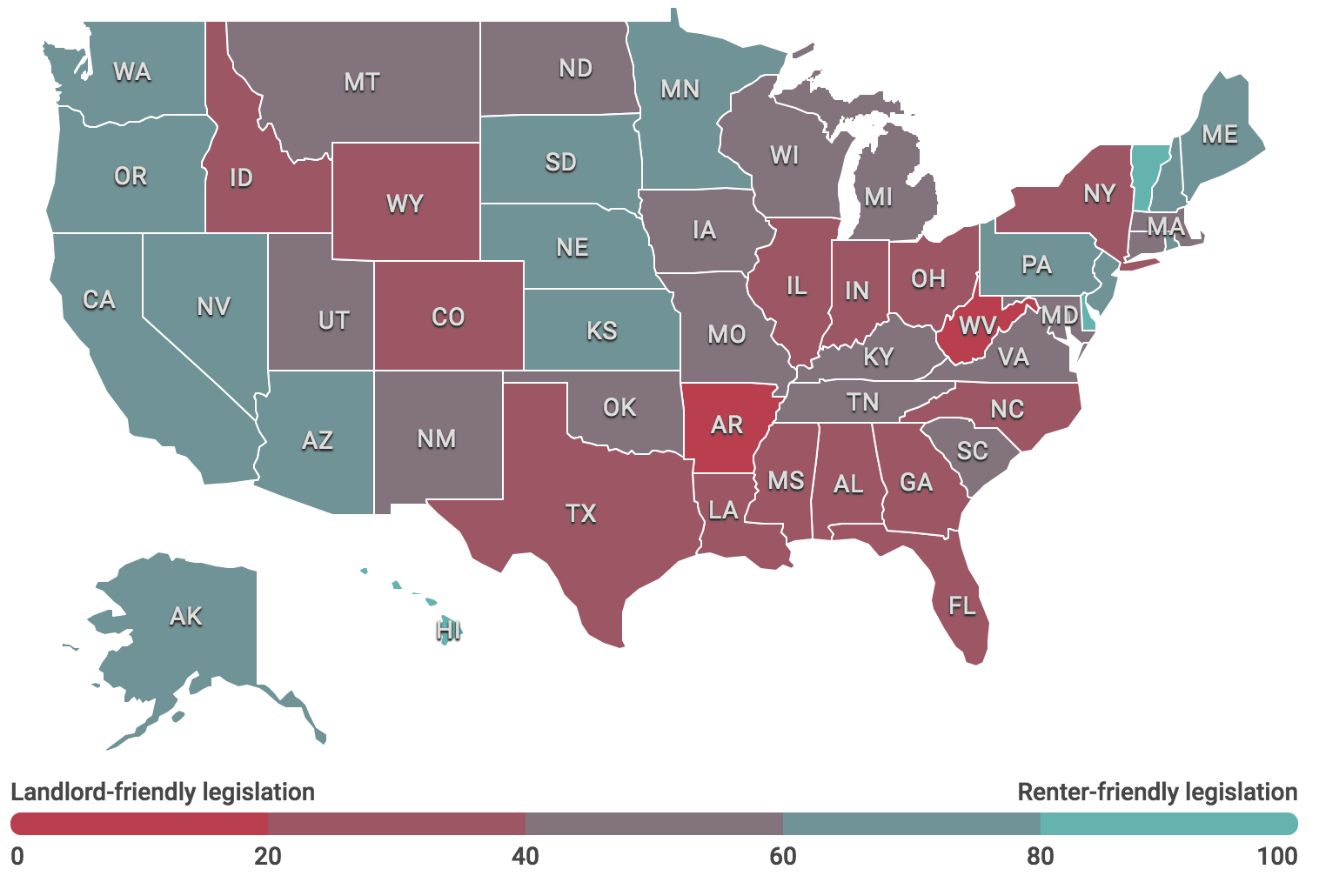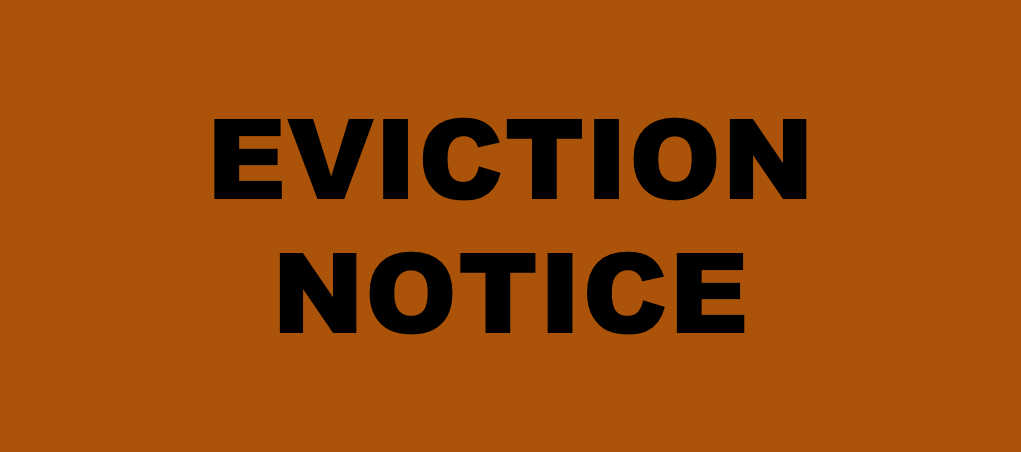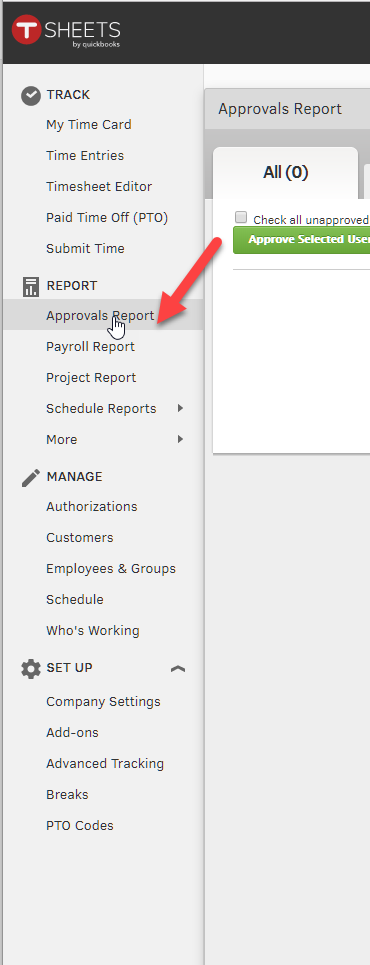The eviction process can take as long as 3-4 weeks to complete and costs property managers an average of $3,500 (up to $10,000).
Evicting a troublesome tenant is never an appealing decision to make nor a pleasant process to go through. It is expensive, time-consuming and stressful.
If at all possible, it should be avoided by reasoning with the tenant and resolving the situation before legal proceedings. Unfortunately, this is not always realistic, in which case there is no other option but to move forward with the eviction.
Having a clear tenant eviction process helps landlords and property managers ensure they are handling the situation in the most effective way possible while remaining in compliance with state laws.
Run this checklist every time you need to navigate the difficult path of tenant eviction and evaluate your screening process to minimize the risk of future evictions.
This template applies only to US eviction laws. If you are outside the US, be sure to review the country's own laws regarding tenant eviction.










